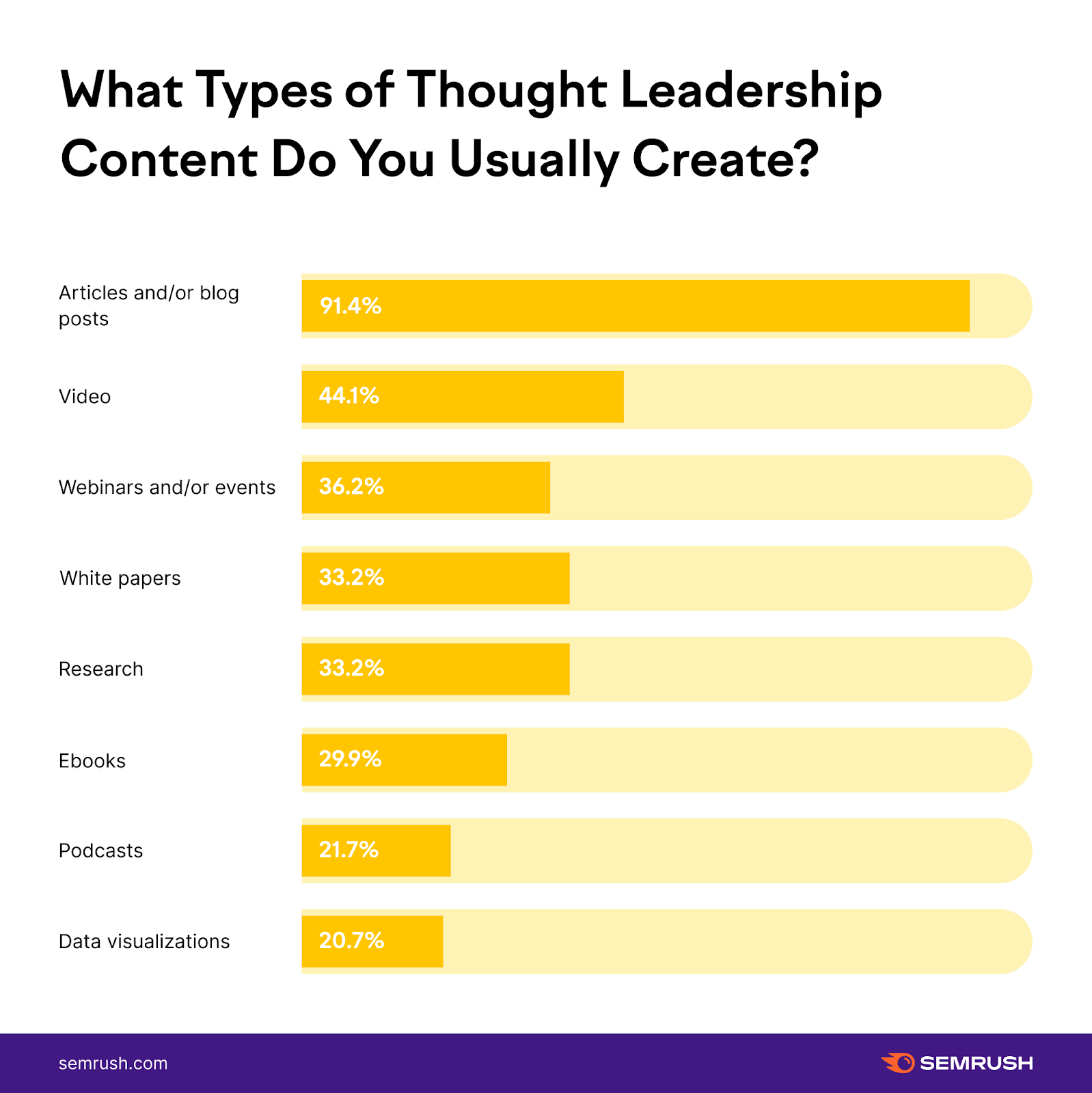Ideas of Reference Thought Content in 2025: A Comprehensive Exploration
Related Articles: Ideas of Reference Thought Content in 2025: A Comprehensive Exploration
- Ideas For YouTube Channel Videos In 2025: A Comprehensive Guide
- Easy Witch Makeup Ideas For 2025: Unleash Your Inner Sorceress
- Ideas Appear 2025: Shaping The Future Of Technology And Innovation
- Flight Of Ideas: Unraveling The Cognitive Tapestry In 2025
- Easy And Quick High-Protein Breakfast Ideas For 2025: Fuel Your Day With Nutrition
Introduction
With great pleasure, we will explore the intriguing topic related to Ideas of Reference Thought Content in 2025: A Comprehensive Exploration. Let’s weave interesting information and offer fresh perspectives to the readers.
Table of Content
Video about Ideas of Reference Thought Content in 2025: A Comprehensive Exploration
Ideas of Reference Thought Content in 2025: A Comprehensive Exploration

Introduction
Ideas of reference (IOR) are a common symptom of schizophrenia and other psychotic disorders, characterized by the belief that external events or objects have a special, personal meaning for the individual. These beliefs can range from benign to bizarre and can significantly impact the individual’s quality of life. In recent years, there has been growing interest in understanding the nature and development of IOR, with the aim of improving diagnosis and treatment. This article provides a comprehensive exploration of IOR thought content, examining its prevalence, characteristics, and potential implications for the future.
Prevalence and Characteristics
IOR is a common symptom in schizophrenia, affecting up to 80% of individuals with the disorder. It can also occur in other psychotic disorders, such as schizoaffective disorder and delusional disorder. The content of IOR can vary widely, but common themes include:
- Self-reference: The belief that external events or objects are specifically directed at or about the individual.
- Persecution: The belief that others are plotting against or intending harm towards the individual.
- Grandiosity: The belief that the individual has special powers, abilities, or knowledge.
- Religious or spiritual significance: The belief that external events or objects have religious or spiritual significance for the individual.
IOR can be persistent or intermittent and can fluctuate in intensity over time. It can also be accompanied by other symptoms of psychosis, such as hallucinations, delusions, and disorganized thinking.
Neurobiological Basis
The neurobiological basis of IOR is not fully understood, but research suggests that it may be related to abnormalities in the brain’s dopaminergic and glutamatergic systems. Dopamine is a neurotransmitter involved in reward and motivation, while glutamate is involved in cognition and memory. Imbalances in these systems may lead to the misinterpretation of external stimuli and the development of IOR.
Cognitive and Social Factors
In addition to neurobiological factors, cognitive and social factors may also contribute to the development of IOR. For example, individuals with a tendency towards egocentric thinking or who have experienced trauma or social isolation may be more likely to develop IOR.
Implications for the Future
IOR thought content can have significant implications for the future of mental health care. By better understanding the nature and development of IOR, researchers and clinicians can:
- Improve diagnosis: Early and accurate diagnosis of IOR is crucial for effective treatment. Improved understanding of IOR thought content can help clinicians identify and distinguish it from other symptoms of psychosis.
- Develop targeted treatments: Research into the neurobiological and cognitive mechanisms underlying IOR can lead to the development of more targeted and effective treatments.
- Reduce stigma: Stigma surrounding mental illness can prevent individuals from seeking help. By raising awareness of IOR and its symptoms, we can help reduce stigma and encourage individuals to seek treatment.
Conclusion
Ideas of reference thought content is a complex and multifaceted symptom that can significantly impact the lives of individuals with schizophrenia and other psychotic disorders. By continuing to explore the nature and development of IOR, we can improve diagnosis, develop more effective treatments, and reduce stigma. As we move towards 2025, it is essential that we continue to invest in research and clinical practice to better understand and address this challenging symptom.
![[IMGSRCTITLE3]](https://blog.sociallyin.com/hs-fs/hubfs/2-2.png?width=8400u0026name=2-2.png)
![[IMGTITLE5]](https://www.tekportal.net/wp-content/uploads/2019/02/ideas-of-reference-8695.jpg)
![[IMGTITLE7]](https://helpfulprofessor.com/wp-content/uploads/2023/01/abstract-thinking-examples-and-definition.jpg)
![[IMGTITLE8]](https://www.postbeyond.com/wp-content/uploads/2022/02/01.jpg)
![[IMGTITLE9]](https://images-na.ssl-images-amazon.com/images/S/compressed.photo.goodreads.com/books/1697920397i/198121991.jpg)
Closure
Thus, we hope this article has provided valuable insights into Ideas of Reference Thought Content in 2025: A Comprehensive Exploration. We thank you for taking the time to read this article. See you in our next article!